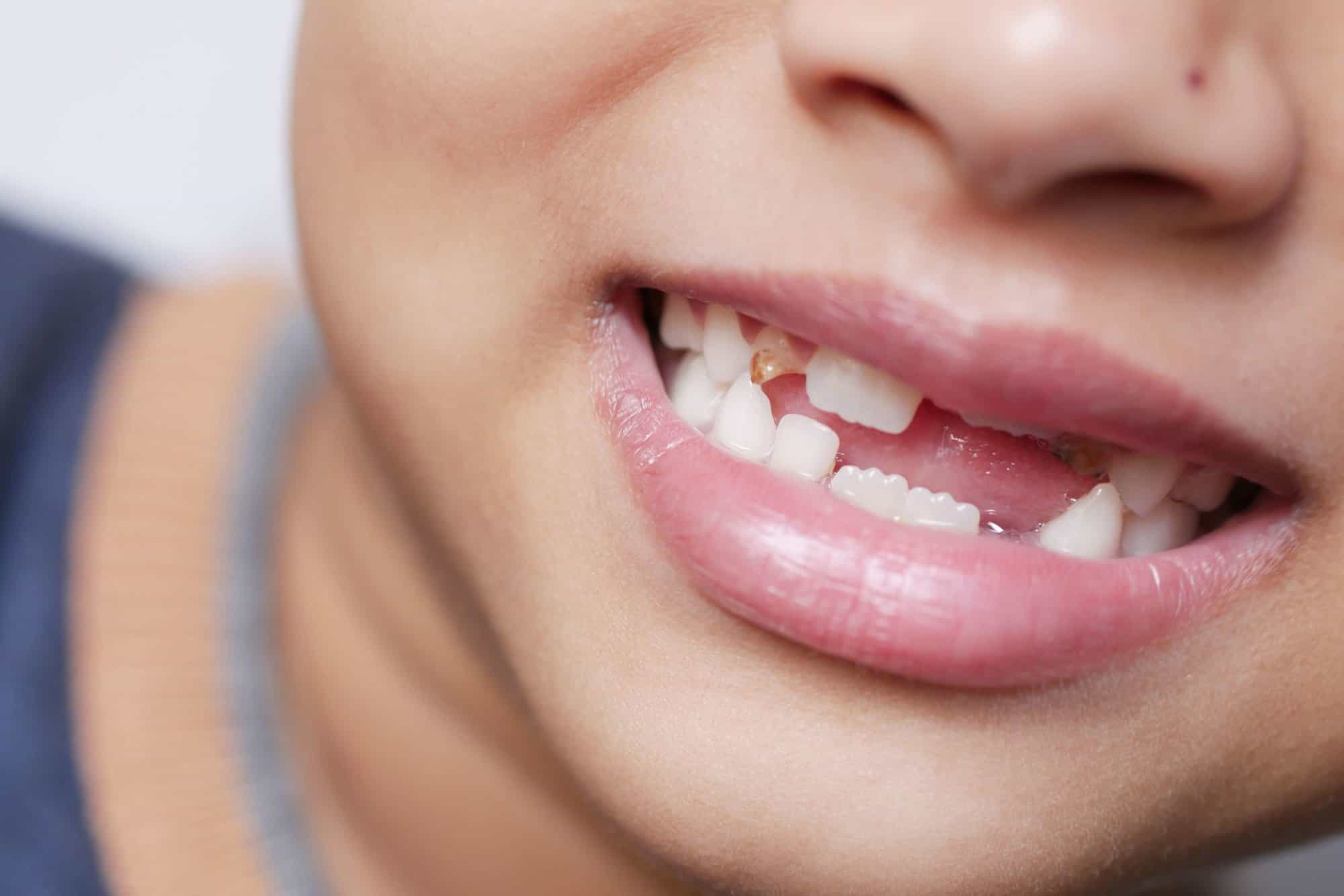
Cracked Tooth: The Basics
Anybody can crack a tooth, although it is most common in older people and children. Cracks can happen in any part of your tooth and may be visible or invisible.
If you are experiencing pain intermittently, it could be due to a crack in your tooth. A cracked tooth is also called cracked tooth syndrome or a fractured tooth. Some cracks may be challenging for your dentist to locate and you should consult your dentist immediately if you are experiencing pain.
We will review the types of cracks, symptoms, causes, how a cracked tooth is diagnosed, treatments, and how to mitigate the risk of getting a cracked tooth.
Types of Tooth Cracks
Cracks vary in size and can be located anywhere on your tooth, at any depth.
Smaller cracks called craze lines develop within the tooth enamel and go unnoticed unless it causes pain or other symptoms. Craze lines only need treatment if symptoms develop.
The other types are also various types of cracks, including:
- A split tooth is when a crack splits the tooth into two pieces. Often, a dentist can only save one side and restore it with a crown. Sometimes patients will need a root canal also.
- Oblique root cracks are when the crack occurs below the gum line, usually below the jawbone, and does not usually appear on the tooth’s surface.
- Oblique subgingival cracks can be painful and extend below the gum line. These cracks require treatment to expose the crown and restore the tooth.
- Oblique supragingival cracks only affect the crown. These types of cracks do not go below the gum line and are generally not very painful.
- Vertical apical root cracks begin at the tooth’s root and travel toward the crown. While the crack length may vary, the tooth is usually removed due to the pain.
- A fractured cusp is a crack that occurs when a portion of the tooth’s chewing surface breaks or cracks.
What Are The Symptoms Of A Cracked Tooth?
Sometimes there are no symptoms of a cracked tooth, and many people go through their daily lives without even realizing they have one.
If you have any of the following symptoms, make an appointment with your dentist to check your teeth. The symptoms include:
- Swollen gums around the cracked tooth
- Pain while eating, especially when biting or chewing
- Sudden sensitivity to sweetness
- Sudden sensitivity to hot or cold foods
- Inconsistent pain in a tooth, gum, or jaw area
- Pain or discomfort around the gums or teeth that are difficult to pinpoint
Causes Of Cracks In Teeth
There are a variety of reasons why a tooth will crack, including:
- Grinding of teeth excessively
- A physical injury
- Biting down too hard when chewing food
- The tooth structure becomes weak due to a large existing filling
- A sudden change in temperature can occur when someone drinks something too hot, like coffee, and then drinks a glass of cold water to soothe their mouth
Getting A Diagnosis
If you suspect you have a cracked tooth, see your dentist as soon as possible. It is not always easy to diagnose a cracked tooth, especially if the crack is not visible. Your dentist will probably use a dental instrument called a dental explorer and attempt to find any rough, cracked edges on the surface of the teeth.
Your dentist may also use a dental dye to make cracks more visible and check for signs of gum inflammation. X-rays may also be needed but do not always show where the cracks are; however, they can show issues in the pulp of the teeth, and unhealthy pulp areas can indicate there is a crack in the tooth.
Treatment Of Cracks In the Teeth
The various treatments your dentist may recommend for cracked teeth depending on the patient’s situation include:
- Putting in a filing
- Putting on a crown, which is a cap that covers the tooth entirely
- Using a process called bonding that repairs the crack with a plastic resin
- Using glue on the broken or chipped part of the tooth
- In more severe cases, if a crack spreads to the pulp of the tooth, it might require a root canal, or if the tooth is badly cracked may need to be removed
Best Way To Prevent Cracks In Your Teeth
While cracking a tooth is not always preventable, there are some basic ways to mitigate your risk, including:
- Avoiding behaviors that cause damage to your teeth, such as grinding or biting on pens or hard objects
- Keeping your jaw relaxed and not clenching your teeth
- Avoiding chewing on hard foods like unpopped popcorn kernels or ice
- Wearing protective gear such as a mouthpiece when playing sports
- Wearing a mouthguard at night if you clench your jaw or grind your teeth at night when you sleep
When you begin feeling pain in your teeth or jaw, you must make an appointment to see your dentist immediately.
At Carrie Muzny DDS, We Are Here To Help
Carrie Muzny DDS offers dentistry for the entire family, from customized cleaning to cosmetic dentistry. Our team is here to provide the highest quality dental service and care for our patients, providing preventative techniques, restorative dentistry, and surgical procedures.
Contact us today and let us help you get the smile makeover of your dreams. You can also book a virtual consultation!

